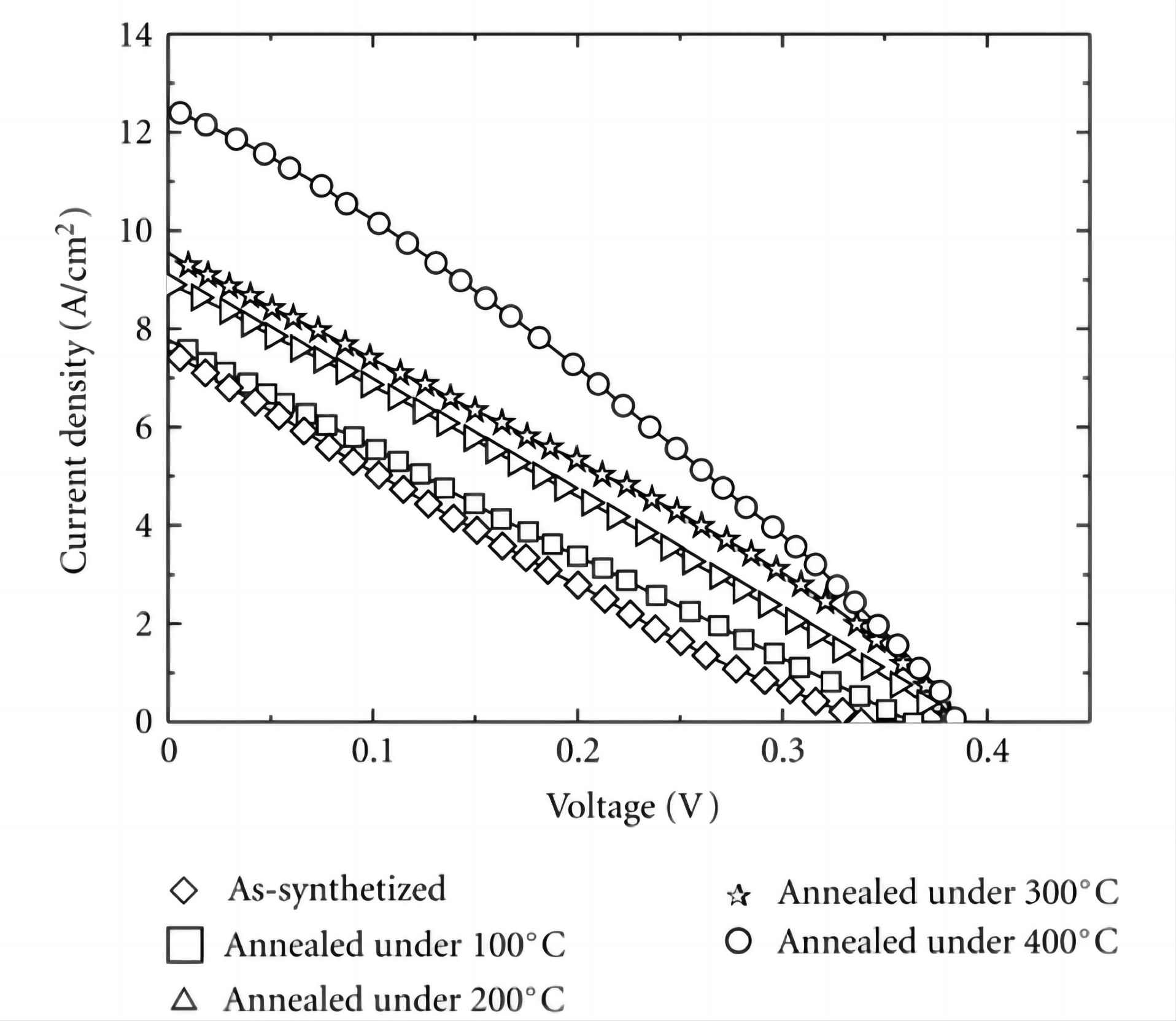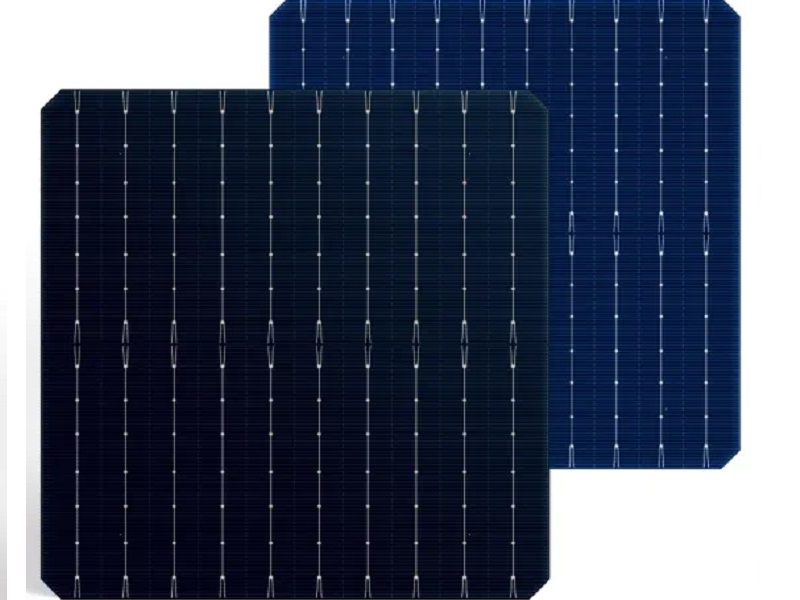In order to fundamentally and directly improve the photoelectric conversion rate of TOPcon solar cells, cell manufacturers usually need to carry out an oxidative annealing process on the surface of the solar cell, so that the deposited thin film material has a higher square resistance/resistivity, and the oxidative annealing process is an important process that affects the performance of TOPcon solar cells.
An in-depth understanding of TOPcon solar cells
TOPcon solar cells are a high-efficiency solar cell technology based on tunneling oxide passivation contact, in which the cell structure is N-type silicon substrate cell, a layer of ultra-thin silicon oxide is prepared on the back of the cell, and then a thin layer of doped silicon is deposited, which together form a passivation contact structure. By depositing these thin film materials, surface recombination and metal contact recombination can be effectively reduced, and the open-circuit voltage and fill factor of the solar cell can be increased.
Effect of oxidative annealing on the properties of TOPcon
The thickness and quality of the silicon oxide thin film layer are important factors affecting the performance of TOPcon solar cells. The thickness and quality of the silica thin film layer determine the strength of the tunneling effect, which in turn affects the selective collection and recombination loss of carriers. Generally speaking, the thinner, more homogeneous and defect-free the silica film, the stronger the tunneling effect, the better the selective collection of carriers, the smaller the recombination loss, and the higher the photoelectric conversion rate of TOPcon solar cells. However, the silica film should not be too thin, otherwise it will lead to an increase in the density of states at the interface and a decrease in the passivation effect. Therefore, it is necessary to find an optimal silicon oxide thickness to balance the tunneling effect and the passivation effect.

Effect of annealing at different temperatures on solar cell performance
The annealing temperature and time are also important factors affecting the performance of TOPcon solar cells. The annealing temperature and time determine the crystallization degree, doping concentration and distribution of the doped silicon layer, which in turn affects the transport performance of the carriers and the contact resistance. Generally speaking, the higher the annealing temperature and the longer the time, the more crystalline, activated and passivated the doped silicon layer, the better the transport performance of the carriers, the smaller the contact resistance, and the higher the photoelectric conversion rate of the TOPcon solar cell. However, the annealing temperature and time should not be too high or too long, otherwise it will lead to the destruction of the silicon oxide film, the excessive diffusion of the doped silicon thin layer, the deformation of the metal electrode and other adverse effects. Therefore, it is necessary to find an optimal annealing temperature and time to balance the crystallization, activation and passivation effects of the doped silicon layer.
